 0394497589 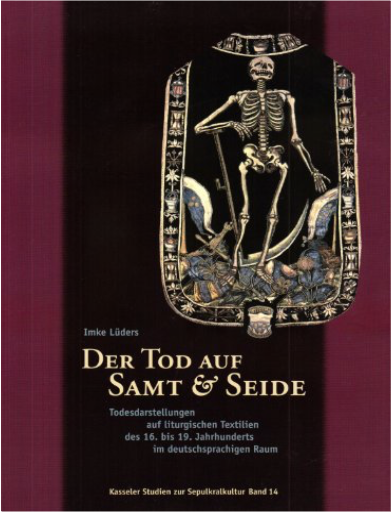 3924447403 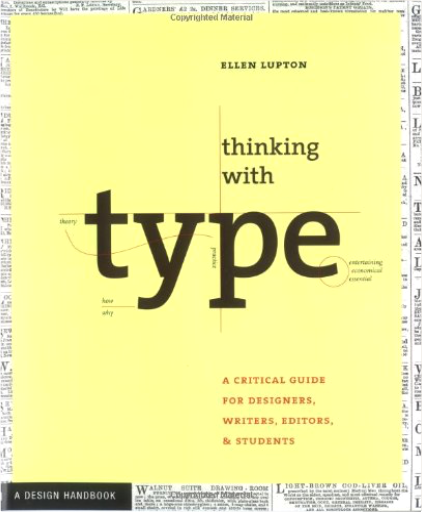 The organization of letters on a blank sheet—or screen—is the most basic challenge facing anyone who practices design. What type of font to use? How big? How should those letters, words, and paragraphs be aligned, spaced, ordered, shaped, and otherwise manipulated? In this groundbreaking new primer, leading design educator and historian Ellen Lupton provides clear and concise guidance for anyone learning or brushing up on their typographic skills.  A smart, provocative account of the erotic current running just beneath the surface of a stuffy and stifling Victorian London.At the height of the Victorian era, a daring group of artists and thinkers defied the reigning obsession with propriety, testing the boundaries of sexual decorum in their lives and in their work. Dante Gabriel Rossetti exhumed his dead wife to pry his only copy of a manuscript of his poems from her coffin. Legendary explorer Richard Burton wrote how-to manuals on sex positions and livened up the drawing room with stories of eroticism in the Middle East. Algernon Charles Swinburne visited flagellation brothels and wrote pornography amid his poetry. By embracing and exploring the taboo, these iconoclasts produced some of the most captivating art, literature, and ideas of their day.  Communicable Disease Nursing, 1949 2nd Edition, by Theresa Lynch. Hardcover with 776 pages, published by The C. V. Mosby Company. Complete with 131 illustrations and 4 color plates. |  With a rare blend of curiosity, delight in the unexpected, and an eye for detail, this account explores the disturbing history of the cadaver trade in Australia, England, and Scotland. Drawing on a rich array of materialand using Australian Aboriginal cricketer Charles Rose’s 1868 death in London as an examplethis examination argues that no corpse lying in a workhouse, hospital, or asylum was entirely safe from interference despite the established laws that gave certain officials possession of the dead. Intriguing and informative, this chronicle reveals a gruesome past and the chicanery at play behind the procuring of bodies for dissections, autopsies, and collections. 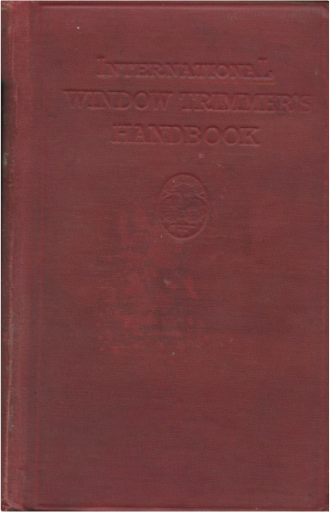 B007T0FBOO 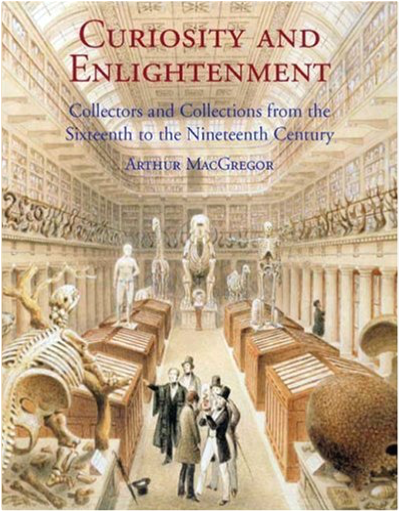 This fascinating book offers a history of museum collecting in western Europe over the course of its formative centuries, tracing its origins from the culture of collecting that emerged during the Renaissance and concluding with the great changes of the nineteenth century which would prove so influential to the museum movement of later years. |

Morbid Anatomy Museum
Collection Total:
1,253 Items
1,253 Items
Last Updated:
Jan 26, 2016
Jan 26, 2016




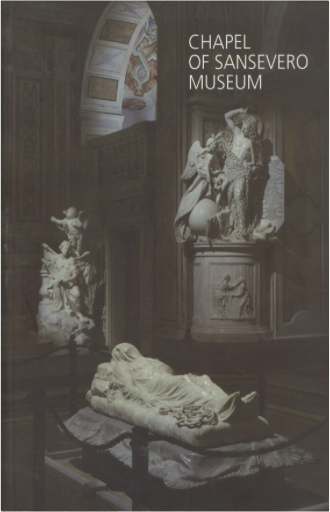


 Made with Delicious Library
Made with Delicious Library